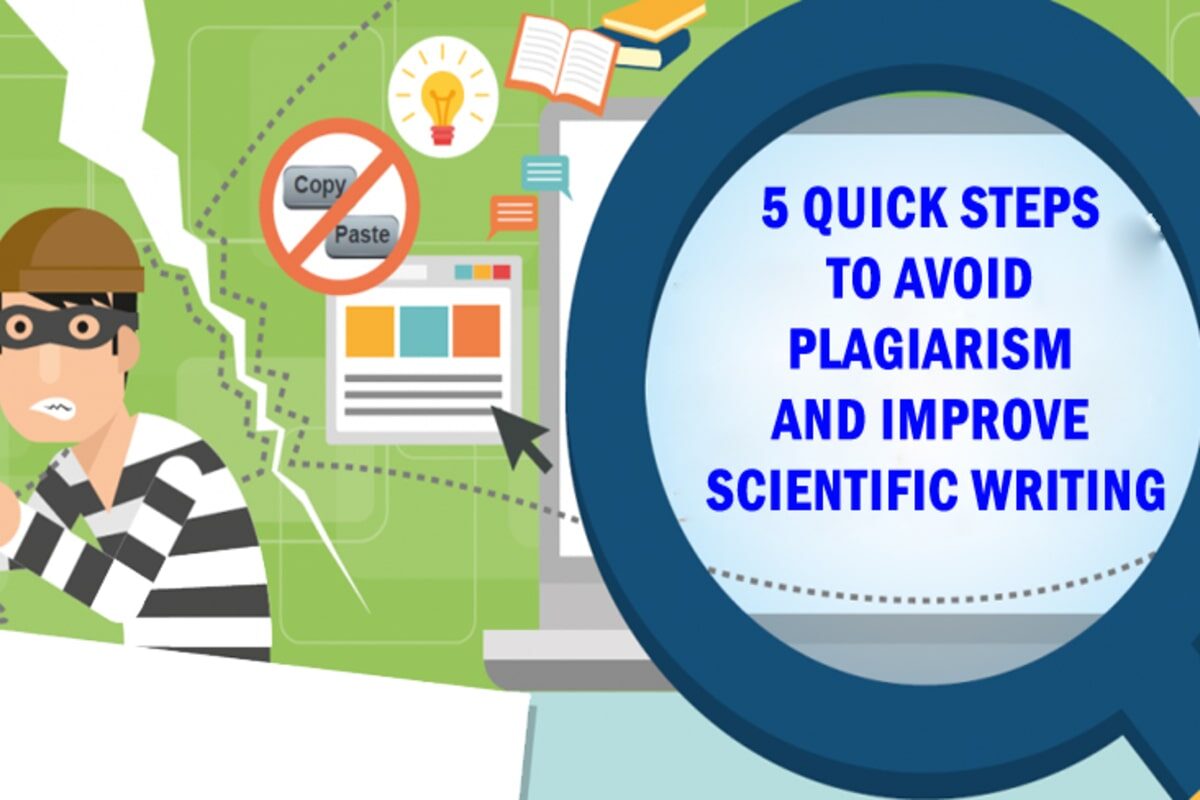Figures are an essential part of your scientific paper writing. However, they may lose their significance if not constructed properly.
Even one ill-constructed figure can lead to the rejection of your paper by the journal editor. So, besides the written text, figures demand an equal attention from you.
Here is the list of dos and don’ts for constructing effective figures in your scientific paper:
Do’s
- Include a succinct legend to describe the figure. The legend should be written below the figure to provide sufficient information to the reader so that he doesn’t have to refer the text for it
- Provide each axis of the graph with a brief and informative title including the units of measurement
- Construct the figure with a reasonable space on all its four sides
Don’ts
- Don’t include figures that are not referred to in the text
- Don’t use figures to demonstrate information that can be written in a sentence or two
- Don’t extend the axes of the graph very far beyond the range of the data
- Don’t use color in the figures unless absolutely necessary
Following these tips while constructing your figures in the scientific paper will raise your chances of acceptance.


